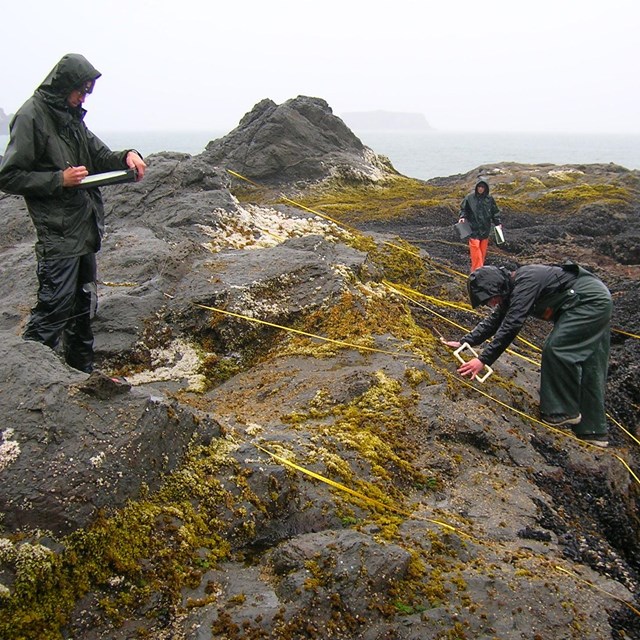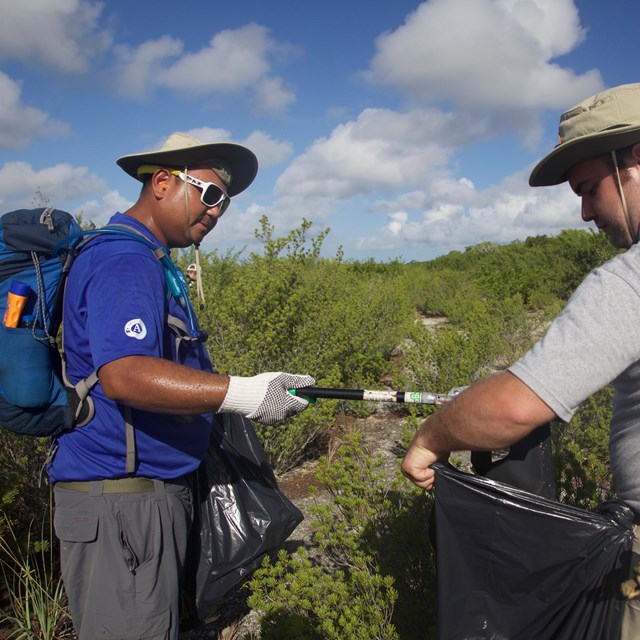|
Oceans are important to every individual. Not only are oceans are a good source of food, a highway for commerce, and a place of recreation, they are also produce 50% of the oxygen on Earth. Because the ocean is the largest ecosystem on Earth, we need healthy oceans to survive and prosper. Ocean parks in the National Park Service were established for their beauty and national significance. We conserve 11,000 miles of coast and 2.5 million acres of ocean and Great Lakes waters, including coral reefs, kelp forests, glaciers, estuaries, beaches, wetlands, historic forts and shipwrecks. The ocean and coastal parks comprise a system of tremendous biological and recreational value to the nation. They attract over 88 million visitors each year and generate over $4.8 billion in economic benefits to local communities. Park managers are confronted with multiple threats to natural and cultural resources from inside and outside of park boundaries. Intense population growth and development, overfishing, climate change, pollution and watershed degradation, shoreline impacts from infrastructure growth and sea-level rise, invasive species, and recreational overuse are taking their toll on park resources. The National Park Service has adopted strategies to increase the agency's organizational and scientific capacity, in order to better to address ocean and coastal issues in partnership with state and federal agencies and local organizations. The National Park Service works to protect all ocean habitats found at our national parks. We research, monitor, and regulate these precious places in order to save the ocean for future generations. Whether or not you are an aquatic profession, you too can help save the ocean. Let's turn the tide by living blue.
|
Last updated: May 24, 2017



